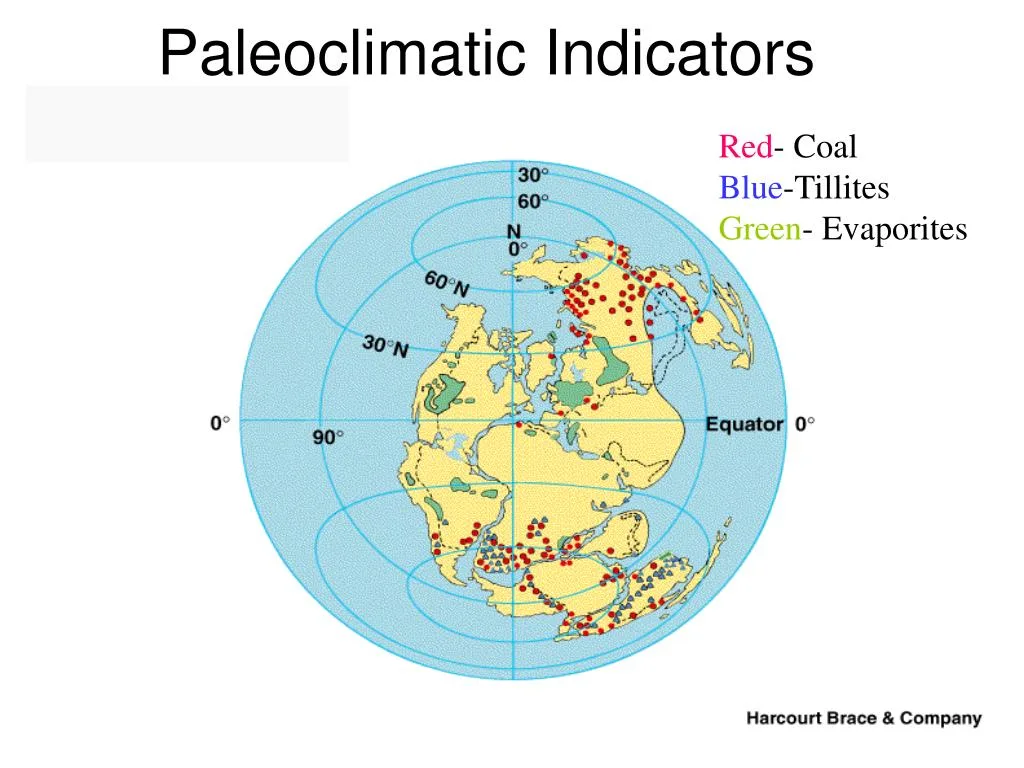Paleoclimate indicators are various pieces of evidence from the past that scientists use to reconstruct past climatic conditions. These indicators help researchers understand natural climate variability, identify trends, and provide context for current and future climate change.

- Ice Cores:
- What they are: Ice cores are cylindrical samples drilled from ice sheets or glaciers. These cores provide a record of snowfall and ice melt over time, trapping air bubbles that contain atmospheric gases, such as carbon dioxide.
- How they help: By analyzing the isotopic composition of the ice and the gases trapped within it, scientists can infer past temperatures, atmospheric composition, and even volcanic activity.
- Tree Rings (Dendrochronology):
- What they are: Each year, trees add a new layer of growth, forming a ring. The width and characteristics of these rings can be studied to reveal information about past climate conditions.
- How they help: Wider rings often indicate favorable growing conditions, such as warmer temperatures and increased precipitation, while narrower rings may suggest colder or drier periods.
- Sediment Cores:
- What they are: Sediment cores are collected from lake or ocean bottoms. Layers of sediment can contain various materials like pollen, microorganisms, and minerals that provide information about past environmental conditions.
- How they help: Changes in sediment composition can reveal shifts in temperature, precipitation, and even the types of vegetation that existed in a particular region.
- Corals:
- What they are: Coral reefs grow by adding layers of calcium carbonate. The composition of these layers can provide information about sea surface temperatures and ocean conditions.
- How they help: Corals can be used to reconstruct past ocean temperatures and the occurrence of events like El Niño.
- Pollen Analysis (Palynology):
- What it is: Pollen grains from plants are preserved in sediment, ice, or peat. By studying the types and abundance of pollen, scientists can infer past vegetation and climate.
- How it helps: Changes in pollen assemblages provide insights into shifts in temperature, precipitation, and vegetation cover.
- Oxygen Isotopes in Foraminifera:
- What they are: Foraminifera are microscopic marine organisms with shells. The ratio of oxygen isotopes in their shells can indicate past sea surface temperatures.
- How they help: By analyzing the foraminifera shells preserved in sediment cores, scientists can estimate historical sea surface temperatures.
- Fossilized Microorganisms (diatoms):
- What they are: Diatoms are single-celled algae with silica shells. The abundance and types of diatoms in sediment cores can provide information about past environmental conditions.
- How they help: Changes in diatom communities reflect variations in temperature, salinity, and nutrient availability in aquatic ecosystems.
Understanding past climate conditions through these indicators helps scientists build models and scenarios to predict future climate trends and assess the impact of human activities on the environment.




































